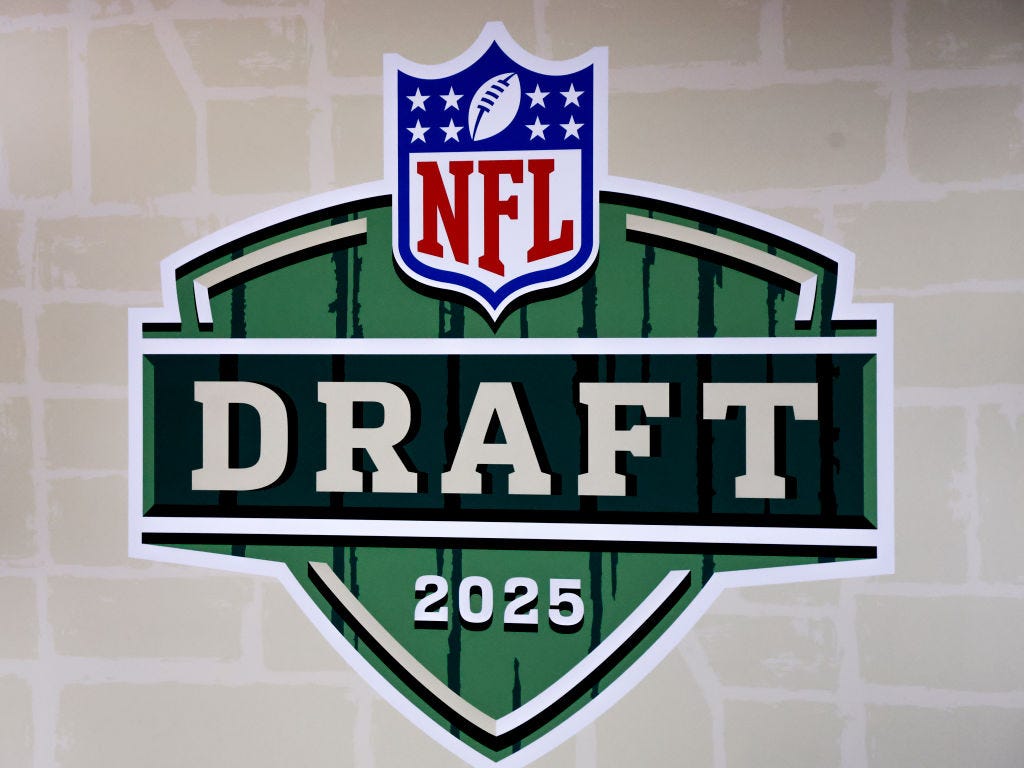Welcome to the Gauntlet: 2025 NFL Draft First-Round Grades
No fluff. No filters. Just cold, hard truths.
The first round of the 2025 NFL Draft is in the books—and now it’s time to separate the steals from the reaches, the masterminds from the mayhem. We’re grading every single pick, from No. 1 to 32, with zero apologies and plenty of heat.
Did your team cr…
Keep reading with a 7-day free trial
Subscribe to The Draft Scout to keep reading this post and get 7 days of free access to the full post archives.


